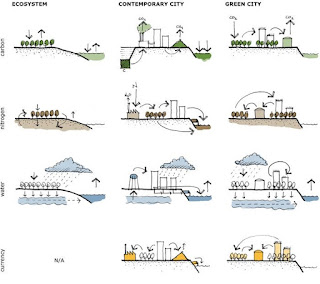BLOG POST 6: HOW CAN YOUR MAJOR MAKE THE WORLD A BETTER PLACE
Architecture has direct effects on the territory and it is up to us as architects to create a healthy and friendly dialogue with the space we inhabit, since all those who produce things are responsible and we can all collaborate adapting to the changes that need to be implemented. Because, what is the objective of architecture but to configure habitats, both urban and rural, that work in solidarity with all its inhabitants?
From the moment man erected his living spaces, at the same time he modified nature; although, at first the constructions weren’t so aggressive with the environment, this changed as man was “refined”. With the arrival of Industrialization, new foci emerged for society, resulting in a dehumanized contemporary city, transforming the city into a space of production and not of inhabiting.
In response to this and to minimize the effects produced by the environmental crisis in which we currently find ourselves, architecture must seek a healthier approach to the environment; in other words, that all construction, resulting from architectural thought, must correspond to the rational management of the planet's natural capital, incorporating mechanisms for energy saving, the recycling of water and materials; integrating into the environment of the site by adaptation to the topography; orienting the buildings in such a way that natural lighting and ventilation can be taken advantage of, as well as incorporating nature in the immediate context of the construction, offering comfort and accessibility to users.




Comentarios
Publicar un comentario